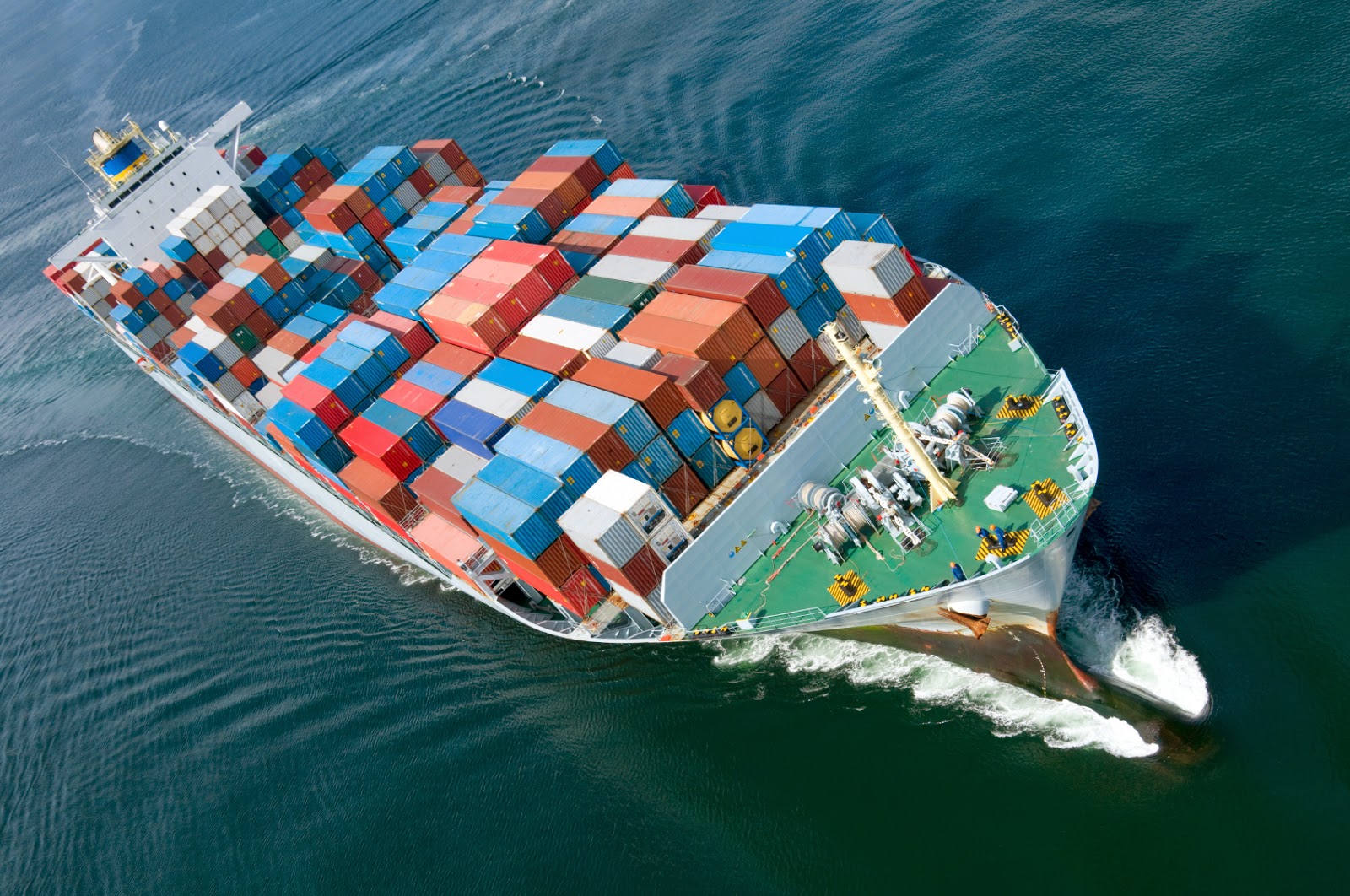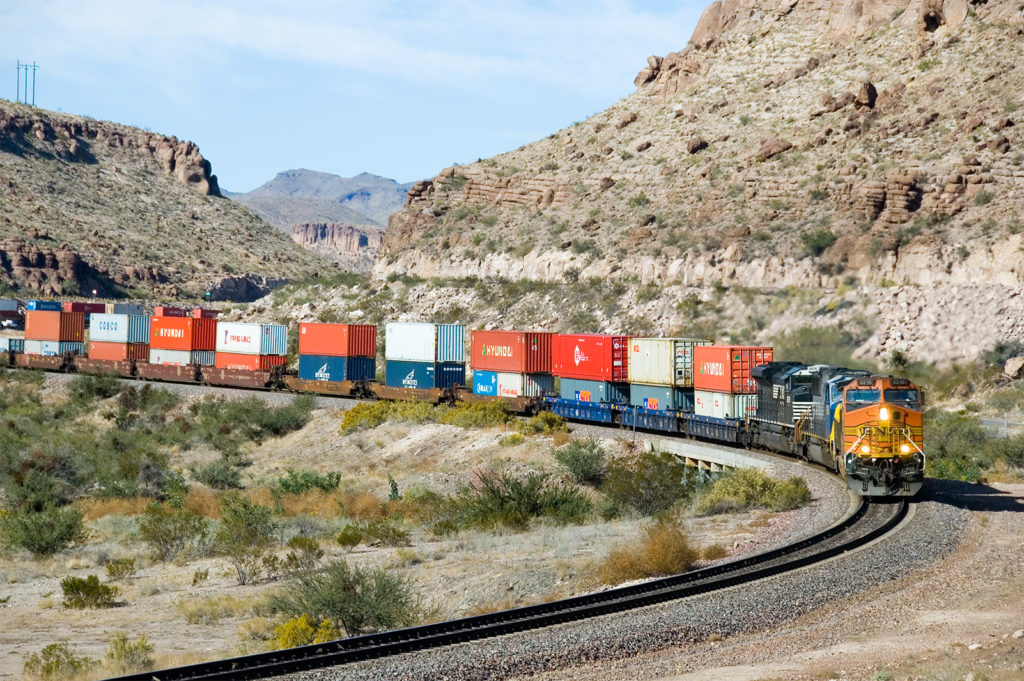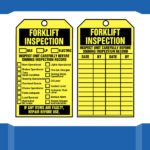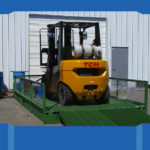
Intermodal container
Containers are transferred between rail, truck, and ship by container cranes at container terminals. Forklifts, reach stackers, straddle carriers, and cranes may be used to load and unload trucks or trains outside of container terminals.
An intermodal container is a large standardized shipping container, designed and built for intermodal freight transport, meaning these containers can be used across different modes of transport – from ship to rail to truck – without unloading and reloading their cargo. Intermodal containers are primarily used to store and transport materials and products efficiently and securely in the global containerized intermodal freight transport system, but smaller numbers are in regional use as well. These containers are known under a number of names, such as simply container, cargo or freight container, ISO container, shipping, sea or ocean container, container van or (Conex) box, sea or c can.
Intermodal containers exist in many types and a number of standardized sizes, but ninety percent of the global container fleet are so-called “dry freight” or “general purpose” containers, durable closed steel boxes, mostly of either twenty or forty foot (6 or 12m) standard length. The common heights are 8 feet 6 inches (2.6 m) and 9 feet 6 inches (2.9 m) – the latter are known as High Cube or Hi-Cube containers.

Just like cardboard boxes and pallets, these containers are a means to bundle cargo and goods into larger, unitized loads, that can be easily handled, moved, and stacked, and that will pack tightly in a ship or yard. Intermodal containers share a number of key construction features to withstand the stresses of intermodal shipping, to facilitate their handling and to allow stacking, as well as being identifiable through their individual, unique ISO 6346 reporting mark.
In 2012 there were about 20.5 million intermodal containers in the world of varying types to suit different cargoes. Containers have largely supplanted the traditional break bulk cargo – in 2010 containers accounted for 60% of the world’s seaborne trade. The predominant alternative methods of transport carry bulk cargo – either gaseous, liquid or solid – e.g. by bulk carrier or tank ship, tank car or truck. For air freight, the more light-weight IATA-defined unit load device is used.
Containers Handling
Containers are transferred between rail, truck, and ship by container cranes at container terminals. Forklifts, reach stackers, straddle carriers, and cranes may be used to load and unload trucks or trains outside of container terminals. Swap bodys, sidelifters, tilt deck trucks, and hook trucks allow transfer to and from trucks with no extra equipment.
ISO-standard containers can be handled and lifted in a variety of ways by their corner fixtures, but the structure and strength of 45-foot (type E) containers limits their tolerance of side-lifting, nor can they be forklifted, based on ISO 3874 (1997).
Intermodal Freight Transport
Intermodal freight transport involves the transportation of freight in an intermodal container or vehicle, using multiple modes of transportation (rail, ship, and truck), without any handling of the freight itself when changing modes(without unpacking). Units can be secured in transit using “twistlock” points located at each corner of the container. Every container has a unique BIC code painted on the outside for identification and tracking, and is capable of carrying up to 20–25 metric tons. Costs for transport are calculated in twenty-foot equivalent units (TEU). The method reduces cargo handling, and so improves security, reduces damage and loss, and allows freight to be transported faster. Reduced costs over road trucking is the key benefit for inter-continental use. This may be offset by reduced timings for road transport over shorter distances.
Rail
When carried by rail, containers may be carried on flatcars or well cars. The latter are specially designed for container transport, and can accommodate double-stacked containers. However, the loading gauge of a rail system may restrict the modes and types of container shipment.
Ship
About 90% of non-bulk cargo worldwide is transported by container, and the largest container ships can carry over 19,000 TEU. Each year an estimated 10,000 shipping containers fall into the sea; of these 10% are expected to contain chemicals toxic to marine life.
Plane
Containers can also be transported in planes, as seen within intermodal freight transport. However, transporting containers in this way is typically avoided due to the cost of doing such and the lack of availability of planes which can accommodate such awkwardly sized cargo.
Containers have largely supplanted the traditional break bulk cargo









